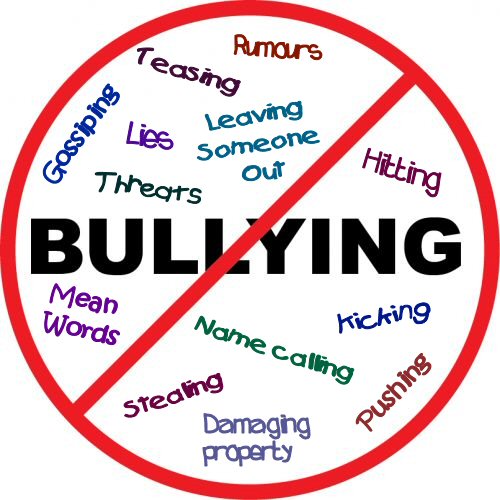10/13/2021 10:00:00 AM
National #StopBullyingDay on the second Wednesday in October brings together students, faculty, and parents to end bullying.
This annual designation promotes standing up against and putting an end to bullying. No child should be afraid to ride a bus or go to school because a classmate threatens them. Children who have been bullied should also feel they can report the incident without repercussions.
Bullying comes in many forms. It occurs repeatedly and is a way for the perpetrator to show their power. Whether the bullying is verbal, physical, relational, or cyberbullying, the results are detrimental.
- Verbal bullying involves spoken words. The person may threaten or call names. They may use disrespectful language toward family, friends, or specifically aimed at their target.
- Physical bullying is aggression in the form of hitting, kicking, pushing, or any unwanted touch.
- Relational bullying involves purposely excluding someone from activities, groups, or events through social tactics.
- Cyberbullying includes using social media, texts, and the internet to spread rumors, lies, or mean messages about a person.
Each type of bullying may have similar effects on the targeted person. They may withdraw even from their family or become mysteriously ill often. It’s essential to keep an open line of communication with children and students. Encourage students to participate in activities outside the home, too, and teach children the appropriate use of the internet, social media, and text.
The U.S. Department of Human Services set up a hotline that’s available 24/7 to receive assistance stopping bullying. Call 1-800-273-8255.
In the U.S., the National Suicide Prevention Lifeline is 1-800-273-8255. Also, in the U.S., the Suicide National Hopeline is 1-800-784-2433. Spanish is 1-888-628-9454.
Please report bullying when you see it and support those who have suffered from it to report it, too.
